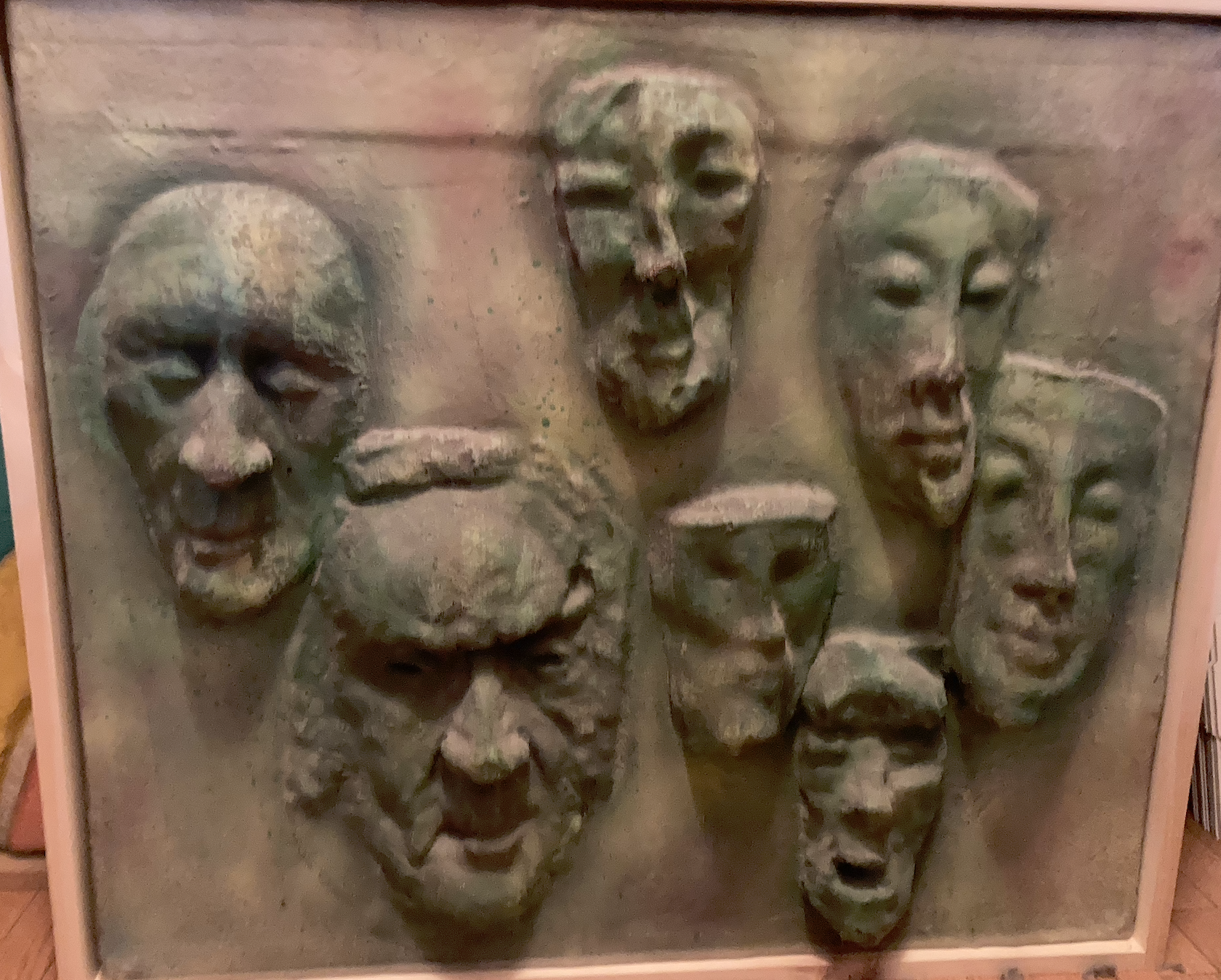My parents found a kindred spirit in German playwright Bertolt Brecht.
With German as their mother tongue, my ‘rents – Rose and Martin Kastner – experienced Brecht in his original language and, in the fullness of time, they became the Canadian translators of several of Brecht’s works.
Bertolt Brecht is acknowledged as one of the great dramatists. Although best known for Three Penny Opera and Mother Courage, he was a prolific writer and penned dozens of plays, all in the same spirit: minimalist set and wardrobe techniques to encourage critical thinking -with characters often interrupting the performance to speak directly to the audience.
Brecht was also and co-founder, along with his wife, of the ground-breaking theatre, Berliner Ensemble. In his many plays, he’s intention was the same: Brecht wanted to appeal to his audience’s intellect in presenting moral problems and reflecting contemporary social realities on the stage.He took an unusual approach to his writing and his stage direction, employing techniques such as involving the audience – designed to distance the audience from emotional involvement in the play through jolting reminders of the artificiality of the theatrical performance.
Brechtian themes hold up today, reflecting universal of good an evil, using practical experiences: in The Good Woman of Setzuan for instance: the “Good Woman” doesn’t want to evict tenants who can no longer afford rent but she, herself, needs the rent money to live on, so she invents an alter ego who can do the ‘dirty work’.
So taken with Brecht was my father that – in addition to translating selected works – he put his considerable artistic talents to creating characters from Brecht plays. He made masks Using the age old ‘lost wax’ method, he first created his masks and characters from wax, then made a mold of them and, then poured liquified bronze into the mold, ‘losing’ the wax as it melted from the heat of the bronze. He then used these bronze masks to create a montage using fibreglass.
I remember watching the cumbersome lost wax process in awe: making a piece of art out of was was a task unto itself but one my father relished: by turns heating and molding, and twisting, heating and straightening. Then, creating a mold around it with sculptors’ plaster. Waiting for the plaster to set, cutting a whole in the top and in went the steaming bronze. Every step an opportunity for an accident. These wax-works are called Maquettes and I have one remaining that I keep in a special spot.
While my father was quiet about his creations, my mother and sister determined they should get wider exposure. Exhibitions of his work included in New York Broadway mogul, Joseph Papp’s theatre lobby and, another exhibit when the Berliner Ensemble came to Toronto. My father wasn’t keen on selling any of his babies but we were delighted when Mark Goodson of the 1970’s game show production company, Goodson Todman, bought one of the mask creations for its front Office
So prolific was he that we ‘children’ and our children have a stellar legacy of Brechtian inspired art.
My father died in 1976, and I treasure the masks that make Brechtian characters come to life and love the stylized bronze sculptures of Brechtian figures, and the big fibreglass with many of them featured.

Hello world!
Welcome to WordPress. This is your first post. Edit or delete it, then start writing!
Bertolt Brecht and my father


